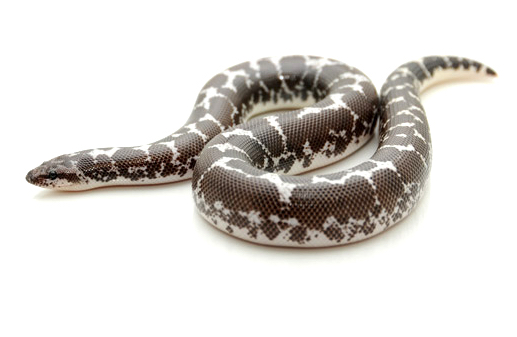Sand Boa Behavior
Kenyan sand boas, for the most part, are very calm and slow. They spend most of their time under the substrate of their enclosure, and usually only come above ground to explore at night. Baby sand boas are more jumpy than adults, but they will get used to you and calm down with time. You can't blame them, you're a giant and they're a tiny, floppy, sausage noodle that can't properly defend itself. They tend to jump and flee from you instead of biting, but it is hard to tell when they're going to bite if they do decide to. This is because they strike from the side, and don't have a "strike pose" like other snakes do.
Handling
Do not reach for them from above, but scoop them up from the side instead. A giant hand coming at them from above looks like a predator to them, such as a bird of prey. Sand boas are not good climbers, and can't hold on to you as well as other snakes can. Be sure to fully support most of their body when handling.
Morphs
Kenyan sand boas come in many different colors and patterns. Here are some of them.
Normal- This is the typical coloration and pattern found in the wild. Some are more orange, while others are duller.

Anery- This is just a coloration, and is not found in the wild.

Stripe- This is a pattern, not a coloration. It can be combined with any color, and can be found in the wild.
Albino- A coloration that is rare in the wild.
Snow- A coloration that can come in either pink or yellow. It is never found in the wild.
A few other morphs I'm too lazy to list are paradox, paint, flame, hypo, and some neat combinations like anery stripe and snow paradox.

